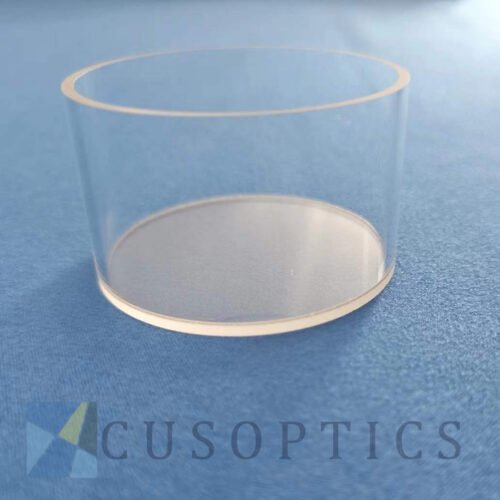Description

Fused Quartz Glass Labware & Quartz Glassware
Common glassware in laboratories such as beakers, test tubes, flasks, evaporating vessels, and glass funnels etc. lab wares are mostly made of quartz glass as raw material. The maximum temperature for hot processing of quartz glass is 2000℃. The softening point of quartz glass is 1730℃. Therefore, quartz glass is the glass material closest to the thermal processing limit among all glass materials. Meanwhile, quartz glass also possesses characteristics such as corrosion resistance, high temperature resistance (long-term working temperature of 1100 ℃) and high transparency. So that quartz Labwares are made of quartz glass is best choice.
The main characteristics of quartz glass
- Heat resistance
The softening point of quartz glass is 1730 ℃. It can be used for a long time below 1100 ℃, and the temperature for short time use is up to 1450 ℃.
- Light transmission
Quartz glass has good light transmittance in the entire optical spectrum from ultraviolet to infrared, and the visible light transmittance is more than 93%, especially in the ultraviolet spectral region, the maximum transmittance can reach more than 80%.
- Electrical insulation
The electrical resistance of quartz glass is equivalent to 10,000 times that of ordinary glass.
- Chemical stability
Quartz glass almost don’t react chemically with other acid-base substances except hydrofluoric acid.
- Thermal stability
Quartz glass has low expansion coefficient, and it can withstand drastic temperature changes.
- Hardness characteristics
With the hardness of Mohs level 7, the mechanical properties of quartz glass are better than hard glass and ceramics, and the strength of quartz glass improves with the increase of temperature, reaching its maximum when approaching the annealing temperature.





